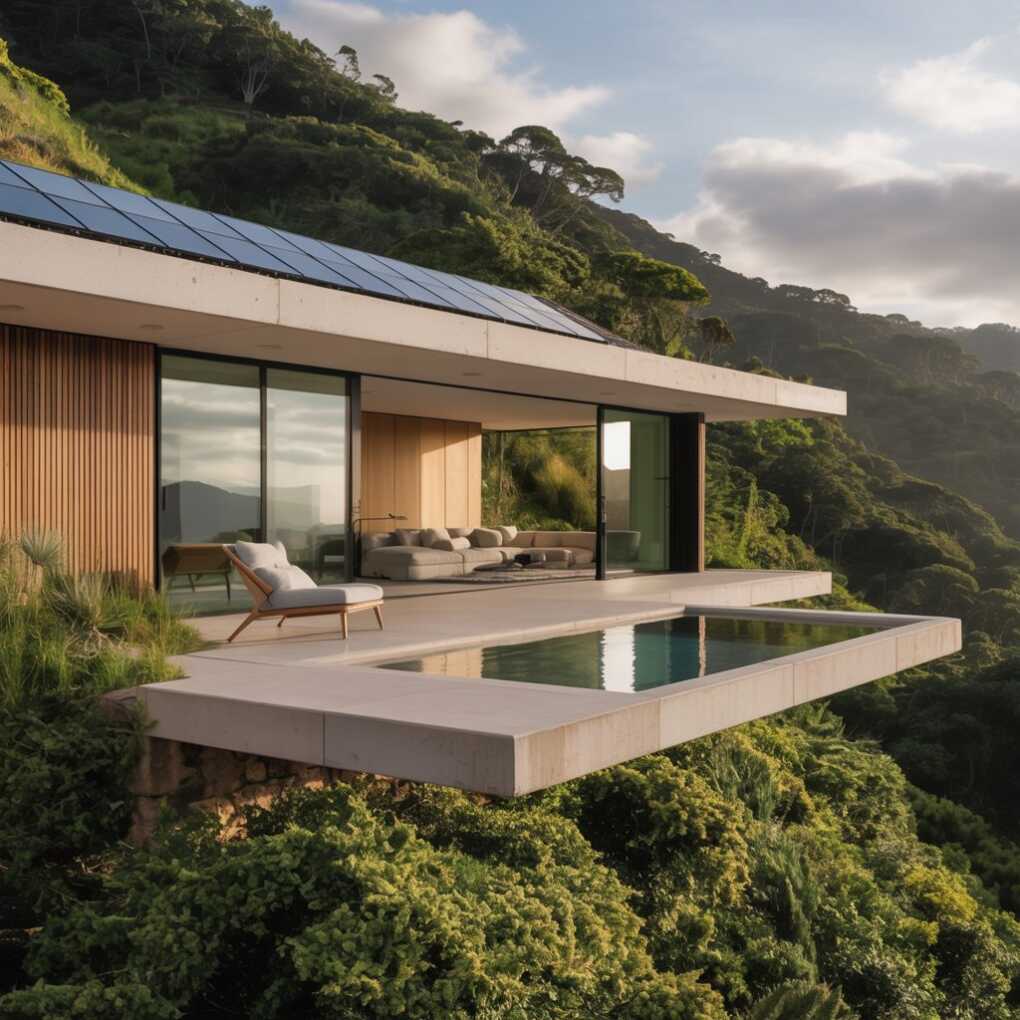The concept of the modern home has evolved significantly over recent decades. Once defined mainly by size and location, today’s homes are increasingly judged on how well they balance energy efficiency, occupant comfort, and aesthetic appeal. Homeowners and developers alike are seeking spaces that not only look impressive but also perform effectively in terms of sustainability and long-term value. The future of housing, therefore, lies in embracing technology, eco-conscious materials, and smart design choices.

Energy Efficiency in Modern Living
Energy efficiency has become one of the top priorities for homeowners. With rising energy costs and increasing awareness of environmental challenges, there is a strong push towards minimising wasted energy. Modern homes now incorporate features such as advanced insulation, airtight construction, and renewable energy systems like solar panels.
Windows and doors play a particularly vital role in this equation. Poorly insulated glazing is one of the main causes of energy loss in traditional homes. By contrast, modern solutions such as triple or double glazing offer improved thermal efficiency, keeping heat inside during winter and maintaining cooler interiors in summer. The result is lower energy bills and reduced carbon footprints, making efficiency an integral part of future home design.
Comfort as a Priority
While efficiency is essential, comfort remains at the heart of home living. Modern families expect spaces that not only save energy but also feel welcoming and enjoyable to live in. Temperature control is key here, with efficient heating, ventilation, and cooling systems creating stable indoor environments regardless of outside conditions.
Noise reduction is another growing concern, particularly in urban environments. High-performance windows and doors help to block out external sounds, ensuring a peaceful atmosphere indoors. Natural light is equally important, with larger windows and well-placed glazing brightening interiors, improving mood, and reducing reliance on artificial lighting.
By combining advanced building technologies with thoughtful design, modern homes prioritise the wellbeing of their occupants, making comfort as essential as efficiency.
Style Meets Function
The future of housing also recognises that homeowners want spaces that are not only practical but also visually appealing. Contemporary design trends are leaning towards clean lines, open spaces, and seamless connections between indoor and outdoor living areas.
Windows and doors are once again central to this transformation. Slimline frames, bi-folding doors, and custom finishes offer a stylish yet functional approach, enhancing the overall look of a home without compromising on performance. These design elements allow homeowners to personalise their spaces, blending aesthetics with the latest innovations in durability and energy performance.
The Role of Double Glazing
Few home improvements combine efficiency, comfort, and style as effectively as double glazing. It offers multiple benefits: improved insulation, enhanced noise reduction, and increased security. Modern double glazing is designed to withstand weather extremes while providing a clear, stylish finish that complements any property.
Homeowners looking to upgrade often turn to trusted professionals for installation. For example, working with experienced double glazing installers ensures that every unit is fitted correctly and functions at its best. Professional installation not only maximises performance but also adds long-term value to a property, making it a future-proof investment.
Technology and Smart Homes
Another defining characteristic of modern housing is the integration of smart technology. From thermostats that learn household patterns to lighting systems controlled by smartphones, technology is revolutionising how we interact with our living spaces.
Smart windows and automated shading systems are already being developed, offering enhanced control over natural light and heat regulation. Combined with double glazing, these innovations create homes that are not only efficient and comfortable but also adaptable to changing lifestyles.
Sustainable and Future-Proof Choices
Sustainability is at the core of future housing. Beyond energy savings, homeowners are increasingly aware of the materials and methods used to build their properties. Eco-friendly materials such as recycled glass, sustainable timber, and low-carbon concrete are becoming more commonplace.
Future-proofing homes also means considering long-term costs and benefits. Investments in energy-efficient glazing, insulation, and smart systems may require higher upfront expenditure but deliver significant savings over time. Additionally, sustainable upgrades can enhance property value, making them attractive to future buyers.
Conclusion
The homes of the future are not defined by square footage or luxury finishes alone. Instead, they are built around three essential pillars: efficiency, comfort, and style. Energy-efficient solutions reduce costs and environmental impact; comfortable living environments promote wellbeing; and stylish, practical designs reflect personal taste and lifestyle.
Double glazing, smart technology, and sustainable materials are just a few of the innovations shaping modern housing. By embracing these elements and working with trusted professionals, homeowners can ensure that their properties are not only fit for today but also ready for the future. In combining efficiency, comfort, and style, modern homes achieve the perfect balance of practicality and sophistication.
